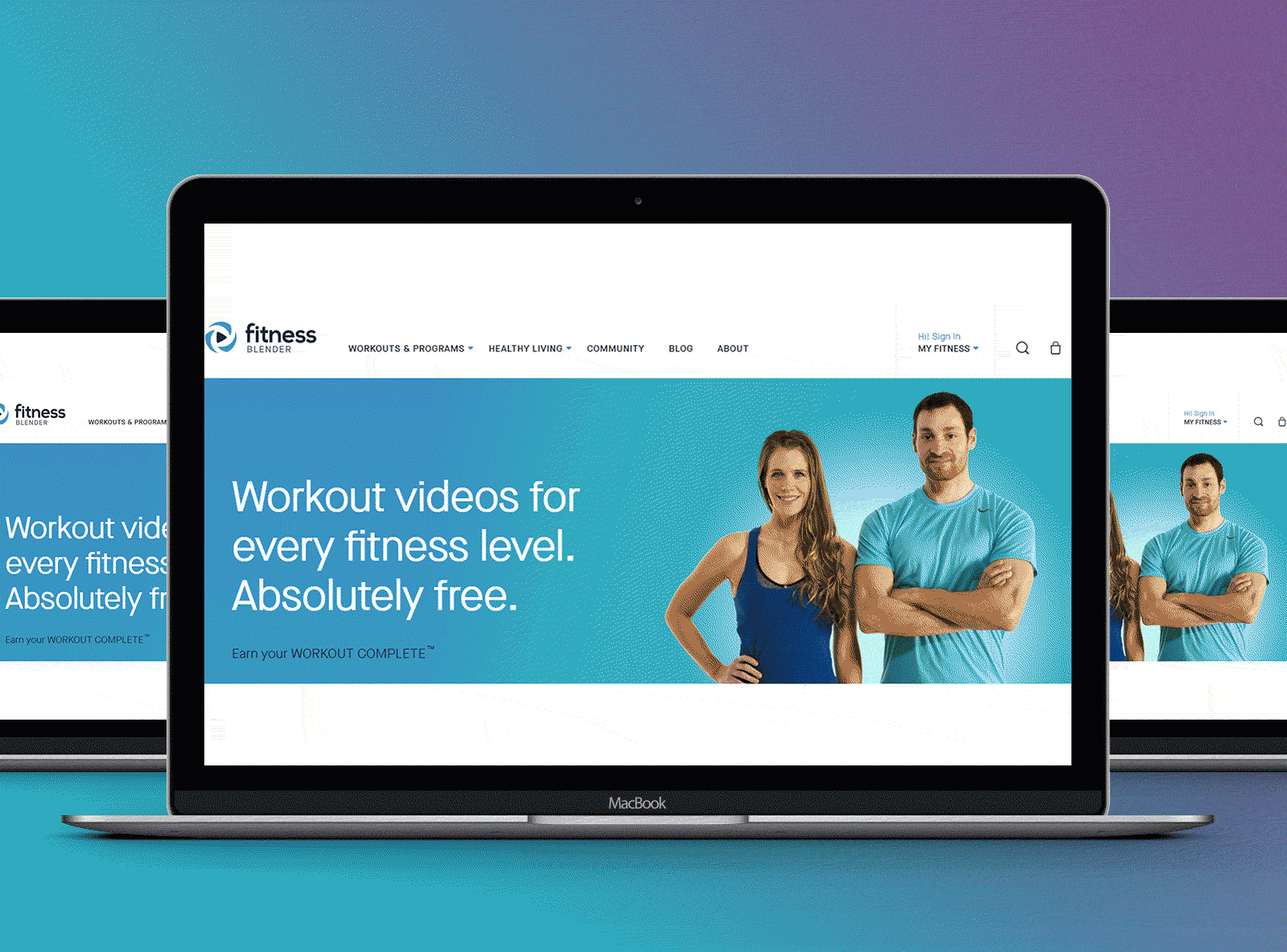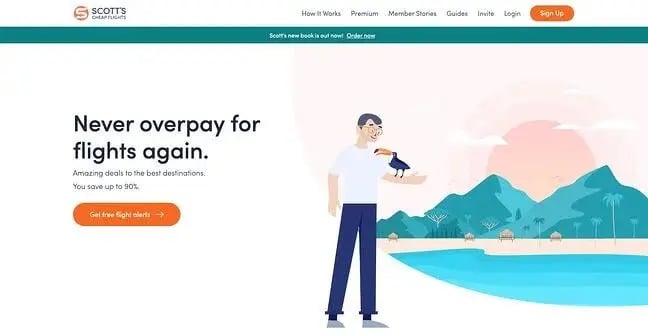The Power of User-Centered Web Site Layout in Expanding Your Online Audience
In a significantly competitive electronic landscape, the value of user-centered website design can not be overstated. By focusing on the needs and habits of users, businesses can create sites that not just draw in however likewise involve a varied audience. Reliable design concepts-- such as instinctive navigating and availability-- are necessary in promoting user complete satisfaction and commitment. Nevertheless, understanding just how to leverage these principles properly elevates essential inquiries regarding implementation and effect. What methods can organizations adopt to ensure their styles resonate with users and inevitably drive growth?

Understanding User-Centered Layout
User-Centered Layout (UCD) is a basic method to web site growth that prioritizes the requirements, choices, and habits of end individuals throughout the design process. This method stresses comprehending individuals deeply-- with research study approaches such as interviews, studies, and usability testing-- to develop an internet site that reverberates with them. By integrating user responses at every stage, developers can guarantee that the end product lines up very closely with customer expectations.
UCD promotes iterative layout, where prototypes are checked and improved based upon user communications and experiences. This cycle not only improves usability however also cultivates a sense of possession amongst individuals, as they feel their input is valued and impactful. In addition, UCD helps identify possible obstacles and pain points in the individual trip, permitting developers to resolve these difficulties proactively.
Inevitably, welcoming UCD brings about web sites that are extra user-friendly, appealing, and effective. By positioning users at the center of the style process, companies can create electronic experiences that not just draw in yet likewise preserve their target market, driving better fulfillment and loyalty. In a competitive online landscape, this method is essential for achieving continual success.
Secret Principles of Individual Experience
An effective user experience (UX) rests on several key concepts that assist the layout procedure and improve interaction between users and the site. First and foremost, use is paramount; the site should be intuitive, permitting individuals to navigate easily and discover details promptly. This consists of clear labeling and a logical structure that lessens cognitive load.
Secondly, access plays an essential duty in ensuring that all customers, regardless of their disabilities or capacities, can efficiently involve with the website. Integrating alt message for pictures, key-board navigating, and screen visitor compatibility promotes inclusivity.
Consistency is another important concept. A cohesive design language, from color pattern to typography, aids individuals construct familiarity and count on with the site (Website Design). It likewise strengthens brand name identity
Moreover, responses devices are crucial. Customers should get clear and instant feedbacks to their actions, whether via visual cues or verification messages, which improves their confidence in navigating the site.
Finally, mobile responsiveness can not be neglected. With a raising number of users accessing web sites through mobile gadgets, a design that adjusts flawlessly to numerous display dimensions is vital for preserving a favorable user experience.

Benefits for Online Engagement
Efficient online involvement supplies various advantages that can significantly improve a site's total performance - Website Design. By promoting meaningful interactions between users and the internet site, organizations can grow a faithful audience that returns with regularity. Engaged users are more probable to share material, consequently enhancing natural reach and attracting new site visitors with word-of-mouth promotion
Boosted online involvement also leads to enhanced customer contentment. When customers find a site that resonates with their needs, they are a lot more inclined to discover its offerings completely, which can result in higher conversion rates. In addition, interesting web content urges customers to invest more time on the website, decreasing bounce rates and favorably influencing online search engine ranking algorithms.
In addition, reliable engagement offers invaluable understandings into individual preferences and actions (Website Design). By analyzing individual interactions, companies can tailor their web content and layout techniques to fulfill the progressing expectations of their target market. This adaptive strategy not just increases interaction however useful link additionally enhances the brand name's track record as receptive and user-centric
Ultimately, focusing on on the internet engagement via user-centered design produces a successful ecosystem where both the audience and the organization advantage, resulting in sustained development and success in the digital landscape.

Methods for Reliable Design
To maximize the benefits of online engagement, using details methods in web site style is vital. First, instinctive navigation is necessary; individuals need to easily locate information without complication. A well-structured food selection, clear tags, and a sensible power structure boost the individual experience and decrease bounce rates.
Second, responsive review style is essential in today's multi-device setting. Guaranteeing that an internet site adapts effortlessly to various display dimensions fosters access, thereby suiting a broader target market. This adaptability not only improves user complete satisfaction however additionally positively impacts search engine rankings.
Third, using aesthetic power structure guides individuals' attention to crucial elements, such as phone call to activity (CTAs) Employing contrasting shades, differing font dimensions, and strategic spacing can effectively route users toward desired actions, assisting in higher interaction.
In addition, implementing constant branding across all web pages develops depend on and recognition. A cohesive color images, typography, and system strengthen brand name identification and produce a professional look.
Last but not least, maximizing loading speeds is vital. Individuals are much less most likely to involve with a slow-loading site, making efficiency optimization an essential element of effective style. By integrating these strategies, internet site developers can enhance individual experience and eventually grow their on-line target market.
Real-World Success Stories
Success stories in user-centered website design show the substantial benefits of prioritizing customer experience. One remarkable example is the redesign of the website for the not-for-profit organization, Charity: Water. By integrating user feedback, the company streamlined navigating and stressed narration through impactful visuals. Because of this, they experienced a 250% increase great post to read in on the internet contributions, showing how an instinctive design can drive user engagement and support.
One more engaging case is that of Airbnb, which made use of user-centered layout principles to improve their reservation procedure. By simplifying the user journey and integrating customized suggestions, they substantially reduced site abandonment prices. This focus on user experience contributed to a revenue development of over 70% in a single year, underscoring the correlation in between properly designed user interfaces and economic success.
Additionally, the e-commerce giant, ASOS, carried out customer testing to improve their mobile application. By dealing with customer discomfort factors, they accomplished an impressive 30% increase in mobile sales. These examples highlight that investing in user-centered style not only boosts individual complete satisfaction yet additionally drives substantial organization outcomes, reinforcing the essential role of user experience in attaining on the internet development.
Final Thought
To conclude, user-centered website design acts as an essential approach for boosting on-line target market involvement. By focusing on user requirements and choices, organizations can create user-friendly and available digital experiences that cultivate commitment and drive conversions. The combination of user feedback throughout the style process not only minimizes bounce prices but additionally urges exploration. Ultimately, taking on efficient user-centered design principles can considerably contribute to a company's success in a competitive digital landscape.
User-Centered Layout (UCD) is an essential approach to web site development that focuses on the demands, preferences, and habits of end individuals throughout the layout procedure. By including individual responses at every phase, developers can ensure that the last product aligns closely with user expectations.
An effective individual experience (UX) hinges on numerous essential concepts that direct the design process and enhance interaction between users and the site.Success stories in user-centered site design highlight the tangible advantages of focusing on individual experience. These examples highlight that spending in user-centered style not only enhances individual satisfaction however also drives substantial service outcomes, enhancing the vital role of customer experience in accomplishing online growth.
Comments on “Essential Elements for Producing a Memorable Website Design”